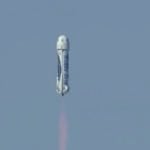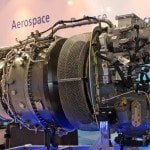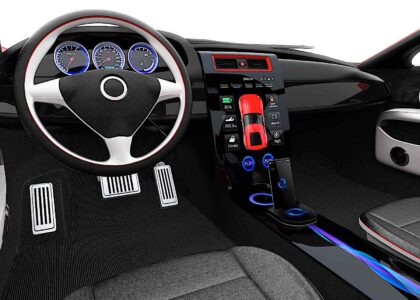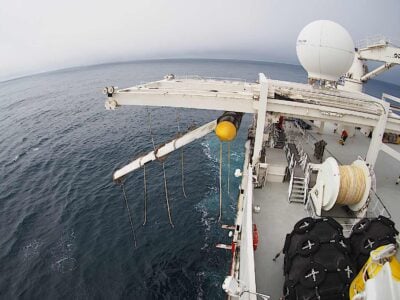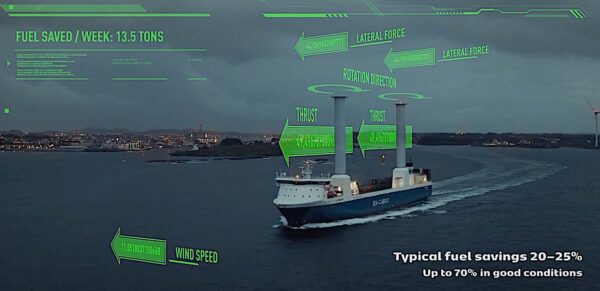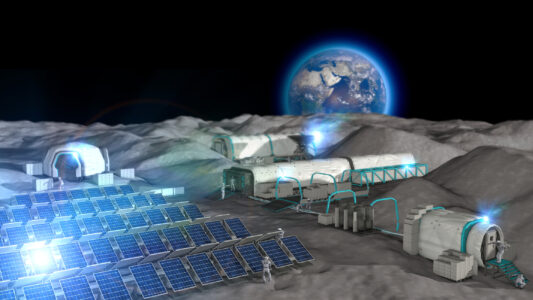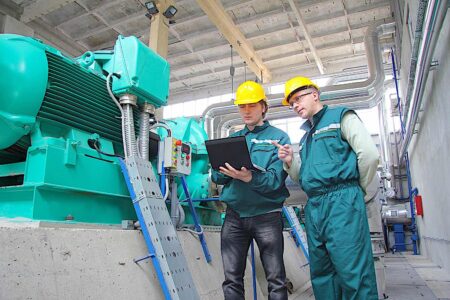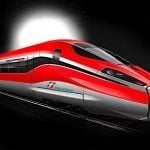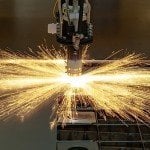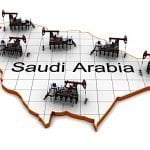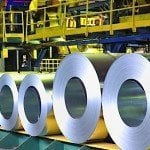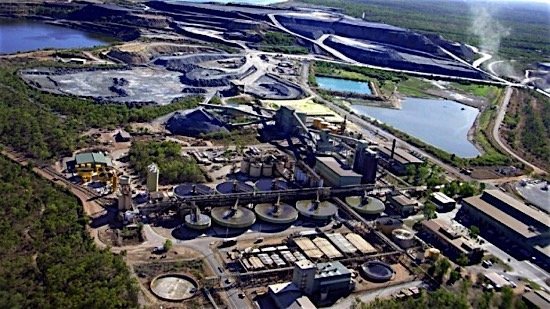
China, the world’s biggest nuclear power market, is a natural target for a Canadian company with global reach and advanced nuclear technology like SNC-Lavalin. SNC-Lavalin has announced the signing of an agreement in principle whereby it will form a new joint venture with China National Nuclear Corporation (CNNC) and Shanghai Electric Group Company. The new company will develop, market and build the Advanced Fuel CANDU Reactor (AFCR) and is expected to be registered, subject to the usual government and regulatory approvals, by mid-2017. Following the registering of the new company, SNC-Lavalin says two design centres will be formed, one in Canada, one in China, to complete the AFCR technology. This could lead, the company says, to the building of the world’s first two AFCRs in China, and possibly around the world.
Sandy Taylor, the president of SNC-Lavalin Power, called the agreement a “game changer” in the nuclear industry as well as a “great endorsement” of our expertise and the CANDU nuclear technology. “Each new build in China, and anywhere in the world, will benefit Canada in terms of job creation, innovation and nuclear research and development, environmental stewardship, and will contribute to reduce global carbon emissions,” Taylor said.
This is a game changer in the nuclear industry, and a great endorsement of our expertise and CANDU nuclear technology from the largest nuclear market in the world. Each new build in China, and anywhere in the world, will benefit Canada in terms of job creation, innovation and nuclear research and development, environmental stewardship, and will contribute to reduce global carbon emissions.

The new reactor has one particular advantage in the Chinese market, which currently has thirty-five nuclear reactors in operation and another twenty under construction. That advantage is its ability to use recycled fuel from light water reactors, the most common type in use in China. This dates back to 2005 when Atomic Energy of Canada Limited, which at the time owned the CANDU technology, signed a technology development agreement with CNCC. Working with the CANDU-6 reactor, fuel cycle development was undertaken and, since 2008, the focus has been on joint development of the AFCR, a 700MW reactor.
Each AFCR unit can use recycled fuel from four light water reactors to generate six million MWh of carbon-free electricity, enough to power 4 million Chinese homes without the need for any new nuclear uranium fuel. Each AFCR used avoids the emission of 6 million tonnes of carbon per year, compared with coal-fired plants.
According to SNC-Lavalin, Canada’s nuclear sector directly contributes over $6 billion to the economy annually, employs 30,000 highly trained and specialized people, and creates an additional 30,000 jobs indirectly through contracting.
The Chinese government plans to double its nuclear capacity to at least 58 GWe by 2020, then up to 150 GWe by 2030.

